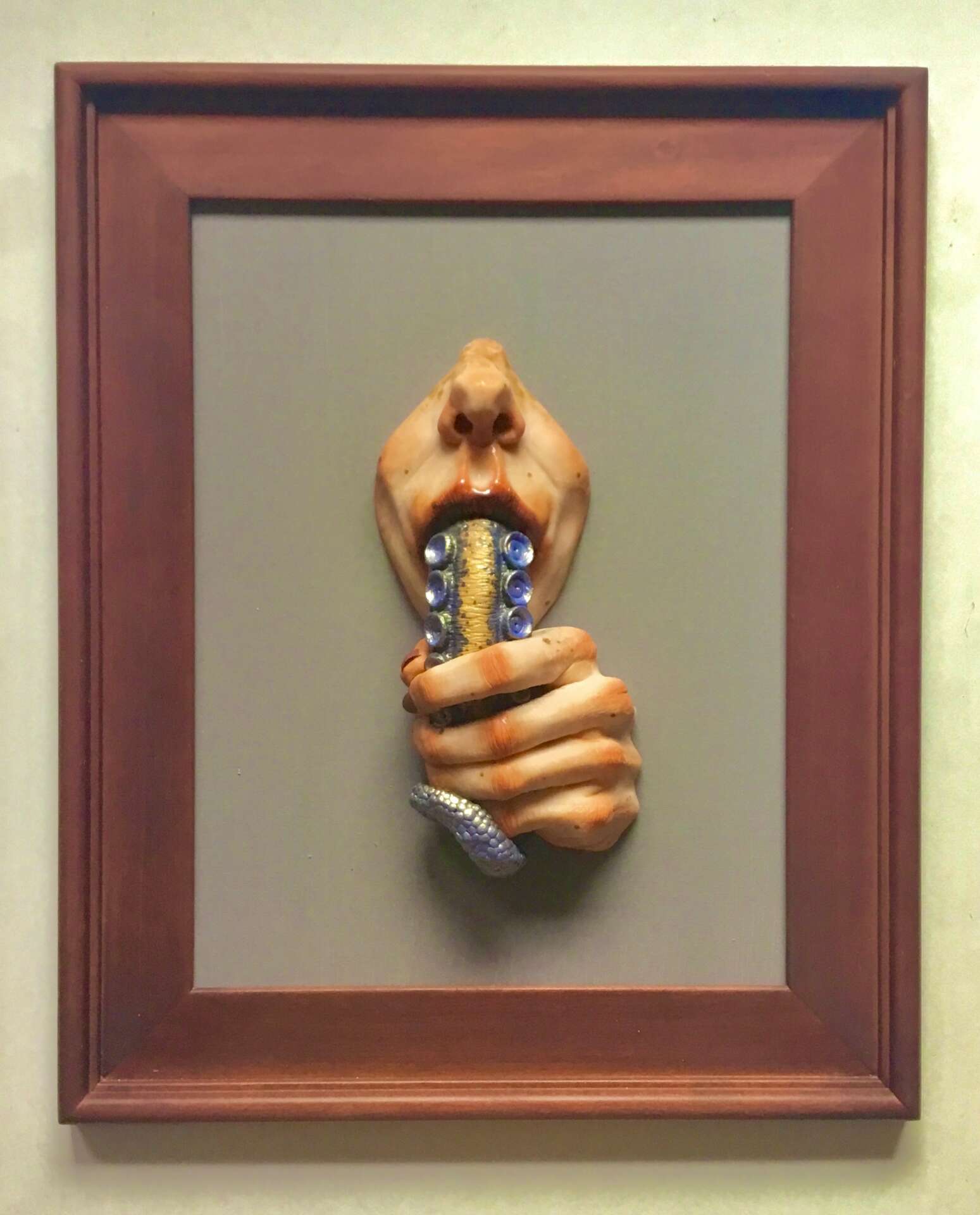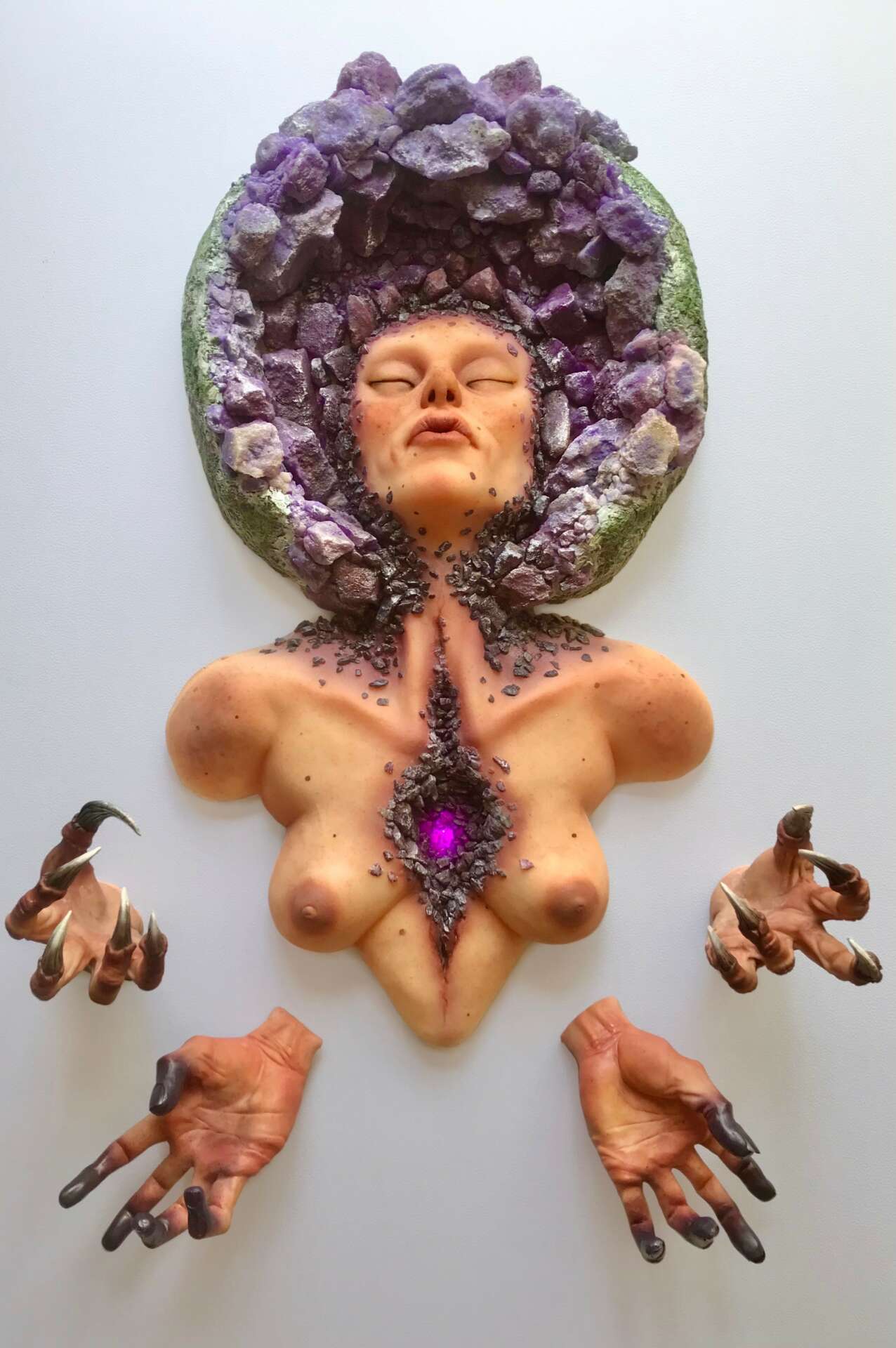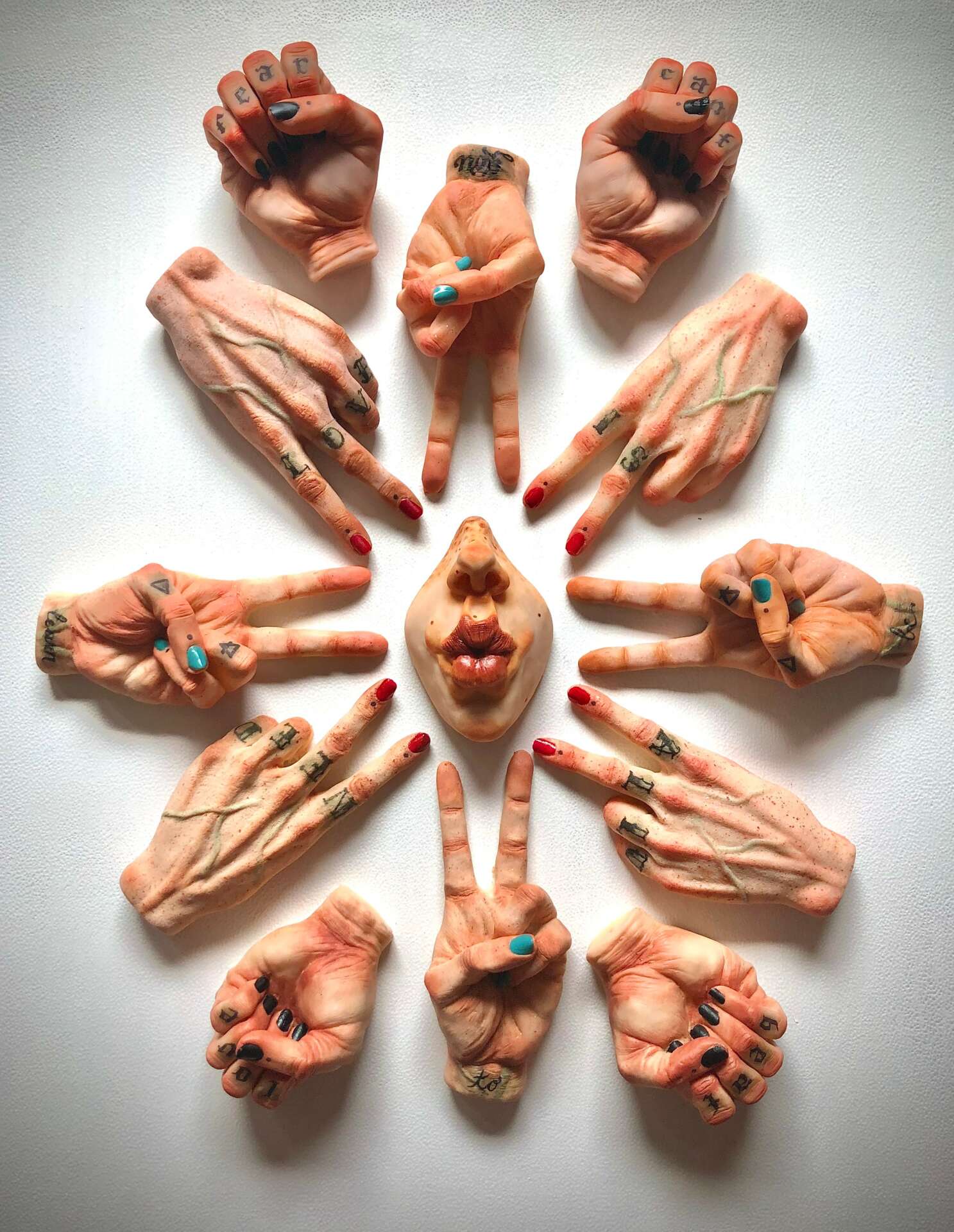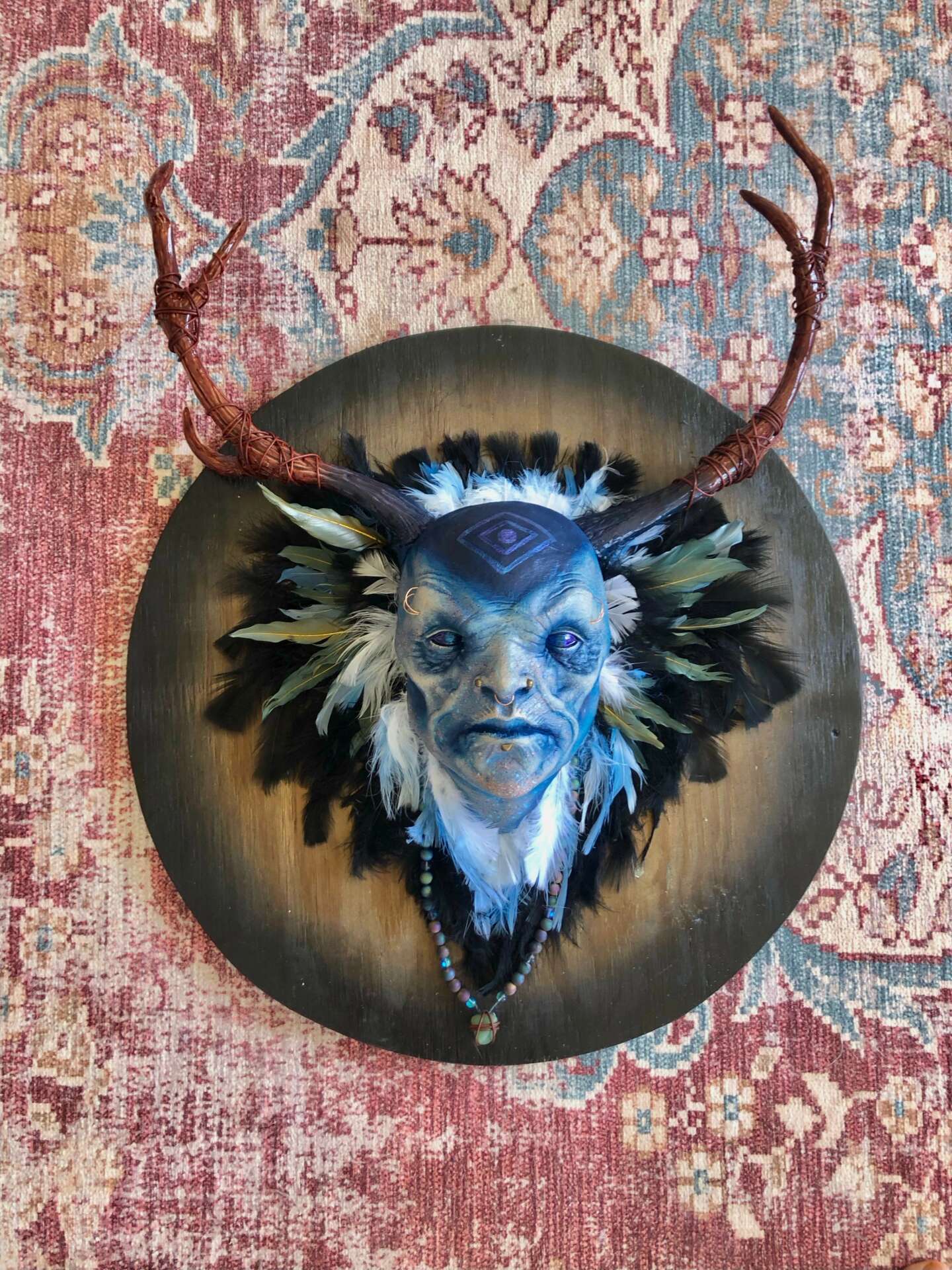We’re excited to introduce you to the always interesting and insightful Brynn Brdar. We hope you’ll enjoy our conversation with Brynn below.
Brynn, thanks for taking the time to share your stories with us today Can you recount a story of an unexpected problem you’ve faced along the way?
I think the most daunting thing about identifying as an artist, and choosing to attempt to make your living as such in this world, is the balancing dynamic of acting as a creative architect, while simultaneously having to self-promote and act as your own PR and media agent. This is a conundrum I’ve dealt with outside of the arts and within the artistic field for some time. This conundrum is the acknowledgment that holding all human beings to the same standard of performance glazes over our fundamental differences as individuals, as well as forces conformity on people who may shine in some areas, but have difficulties performing in the socially upheld standards. This can create confusion and feelings of inadequacy for those individuals. I think of genius’ such as Nichola Tesla or Vincent Van Gogh, who’s work is so imperative for various sectors of our culture, and yet, upon examining their biographies, lack social aptitude, mental health, and many other “skills” that are deemed normal and necessary in acting as a functioning member of society. What I’m trying to say is, that in the arts, when emerging and finding that the lucrative aspect of this career choice certainly isn’t immediate, while having to balance the media and administrative aspects alongside the copious time it takes to create, there is a very internal polarization, and the real world demands it takes to succeed in the arts can often drag the artist away from full focus in their craft. This might mean that an individual artist never fully manifests their vision to the extent it could have unfolded. This also means that in the face of such a balancing dynamic, an individual artist can find fervor and energy when their focus IS turned toward their creations.


Awesome – so before we get into the rest of our questions, can you briefly introduce yourself to our readers.
I’ve been creative since I was a very small child. I wrote and illustrated boxes of empty and blank bound books that lay under a sheath of dust in my mom’s closet. I thought I wanted to be an author and an illustrator when I became an adult and my creativity and love of creating visual experiences and representing reality through illustration followed me into my late teenage years. At this point, I wanted to see how I could apply my skills to the real world and maybe make a couple of bucks for some fries and a milkshake, and perhaps car insurance. Upon my research into the art world, and growing up in Los Angeles, I found that the industry of prop and character design was abundant, and just around the corner. Thus, I set off on a journey to take my creations into the third dimension and began playing with clay. I still have a photograph of my first sculpture; an odd mask of a grinning Joker-like creature.
From there, the tactile sensation of playing with clay became central for me and I began to experiment with a wide array of materials and with the power of the internet and all who wished to share their knowledge through its ether. Initially, I was self taught, but upon building an impressive portfolio for an amateur, I was able to score a few internships in high profile fabrication studios. These opportunities eventually turned into jobs. There, I picked up more technical information and secrets of design and realism. This greatly informed my personal practice and I’m forever grateful to the intensely talented individuals that saw something in me, and gave me a chance to learn and grow as an artist.
When I display at conventions, or even through my social media posts, I find that people are often in awe or shock at my content, though it phases me very little in that regard. I aim for strong realism, juxtaposing elements of the human form alongside oddities or mixed media elements that suggest a surrealist quality. I like to represent my figures as fusing with phenomenon of the natural world to indicate our delusional ideas of being separate from the natural world, when truly we are molecularly the same in different form. Using different mediums such as clays, silicone, resin, plaster, mold making, and hand painting, my work is more aimed at providing a visual experience than saying anything explicitly, though conceptual take aways are never wrong. Some works do suggest a conceptual theme or a message, but overall, my message is, surround yourself with things that inspire you, and watch that inspiration cycle back within you. In the same ways that ritual shrines are decorated with color, flora, texture, and an abundance of elements that produce sense experience, I use my work to create a sense experience that shakes up the energy of any given space that it’s placed in.
I’ve done memorial pieces, portraits, and highly emotive commissions; I’ve also put fabricated eyeballs in places where you’d least expect to see an eyeball. My ability to move along the spectrum of playfulness and gravity; to not take myself too seriously while portraying an image that conjures emotion, is a part of my work that allows me to exist outside of the categorical impulse of art viewers.


Learning and unlearning are both critical parts of growth – can you share a story of a time when you had to unlearn a lesson?
I believe the most prominent lesson I had to unlearn as an artist is that just because you are skilled at what you do, it does not mean your work will sell. There is a huge commercial element to becoming a mainstreamed artist, and I’ve watched friends and acquaintances make a killing in producing work that is highly palatable to many demographics. There is a cross roads that every artist that is called to art from a very intimate place, reaches. That cross roads is whether to persist in your personal vision, or to accommodate that vision to reach the favor of the masses. There is no wrong answer, it is all contingent on what you are looking to achieve, not just in art, but in life. Therefore, I’ve had to unlearn that society does not necessarily reward individuals who have put in their “10,000 hours,” so much as individuals who know how to play the game. At some point, those individuals who have put in the time to specialize in their field, have to realize the game is much broader than specialty skill.


For you, what’s the most rewarding aspect of being a creative?
I think what’s most rewarding about being a creative person is not just witnessing the possibilities of the human spirit, mind and hand in an unexpected and eccentric way. I see that from witnessing those possibilities and putting in the time to have work to show my evolution and achievement, being able to discourse and collaborate with creative individuals whom I respect, is highly rewarding. There are collectives and individual artists who I’ve followed on social media, visited their exhibitions, and read their publications, whom I now have a friendly or collaborative relationship with. These individuals inspire me to keep going, give me honest feedback, and are a blast to share energy with. Without having cultivated my own skills to some level of respect and acknowledgment from the arts community, perhaps I wouldn’t be someone who could interact with some of my creative heroes. Alas, because of the discipline I’ve placed on myself and the outcome of that discipline, I have had the blessing of meeting, exchanging, and creating/receiving opportunities from people that inspire me.


Contact Info:
- Website: www.brynnbrdar.com
- Instagram: @brynnbrdar
Image Credits
All photos taken by Brynn Brdar.


